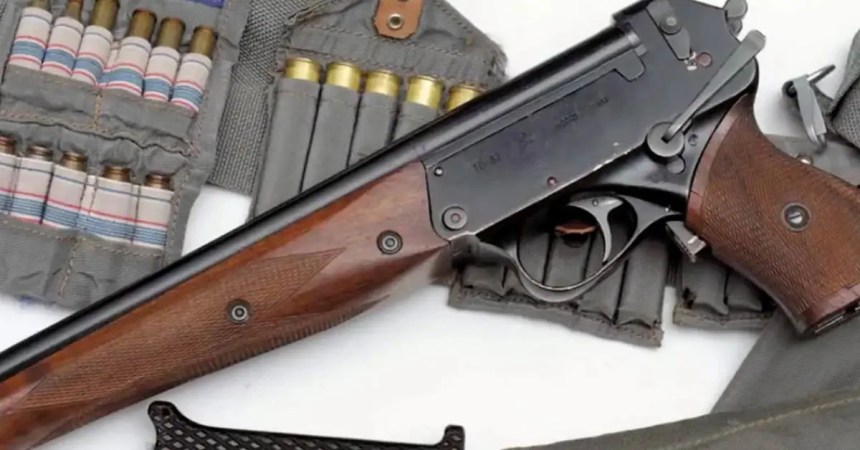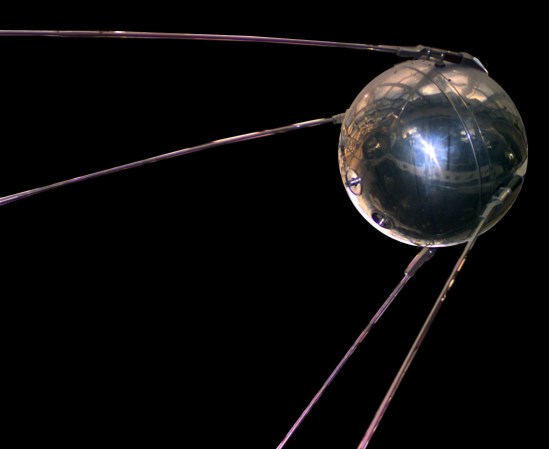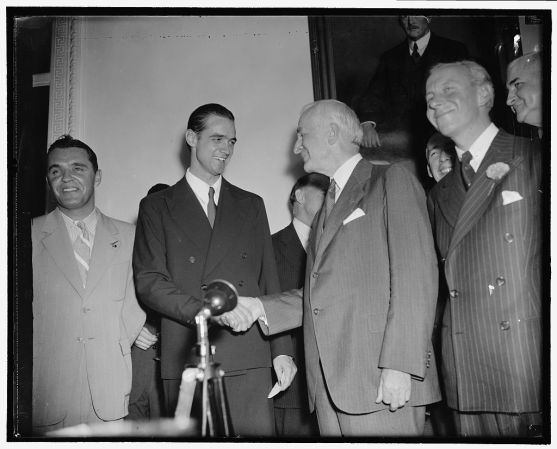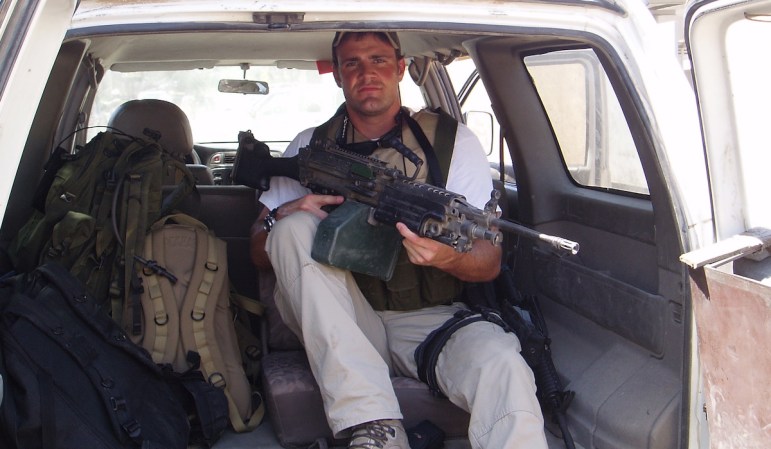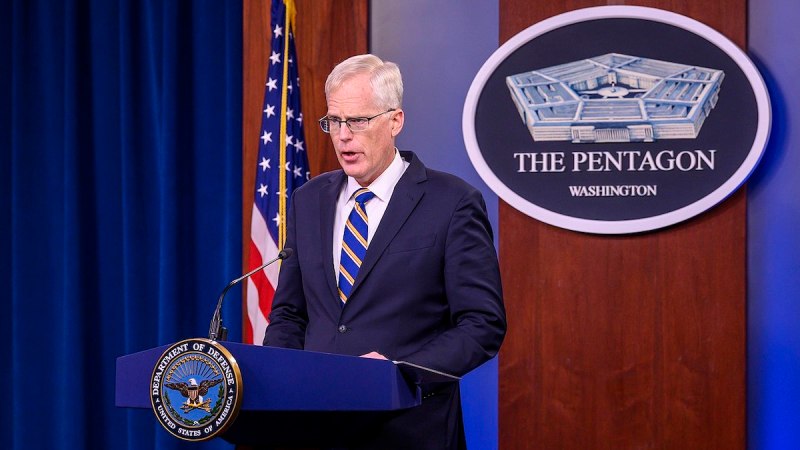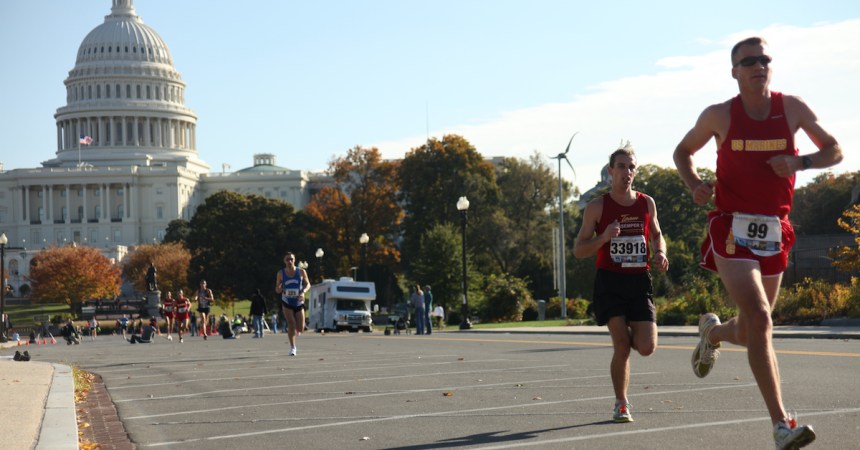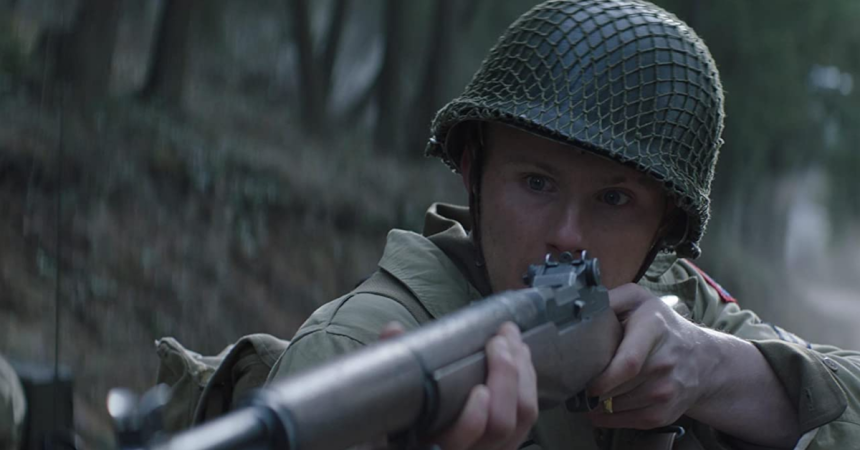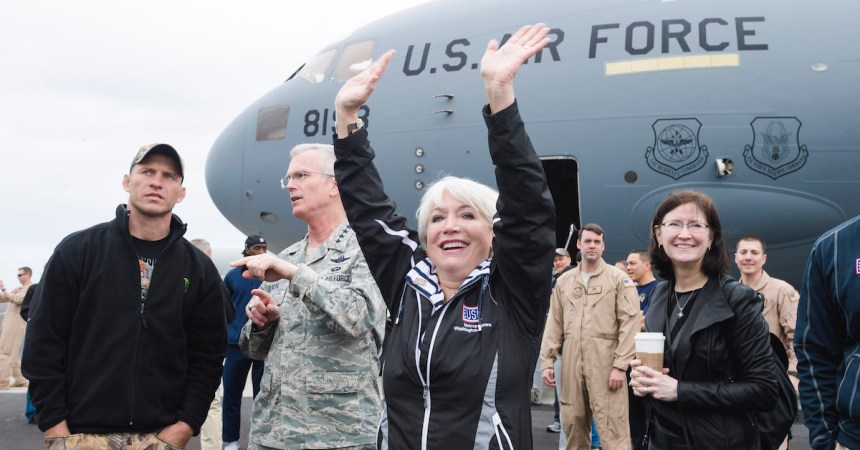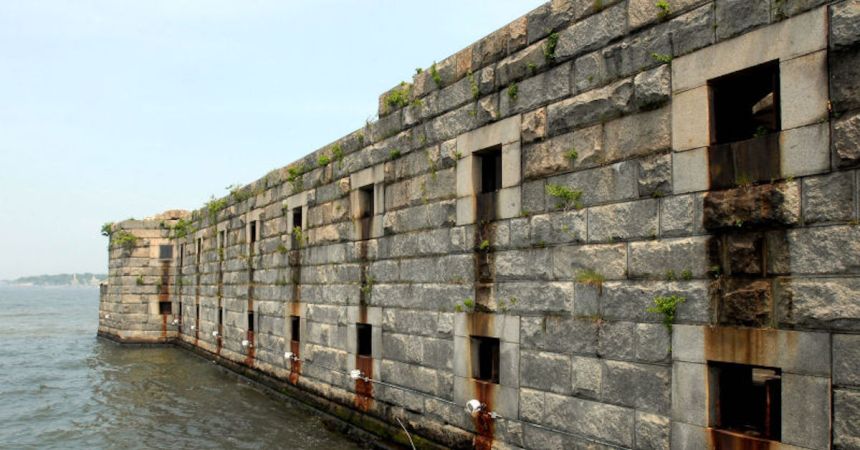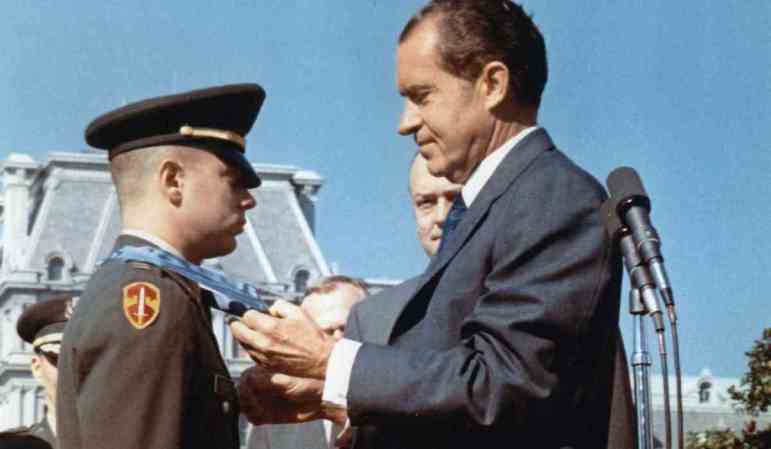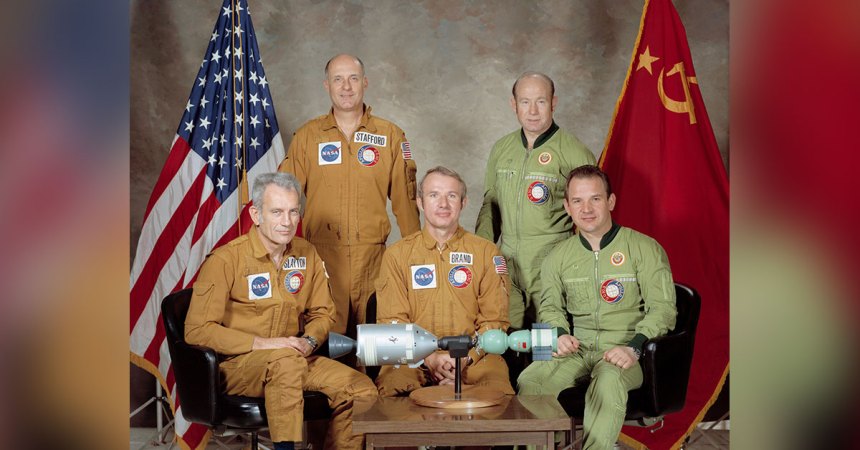The story of Soyuz I does not have a happy ending. A flight launched by the space program of the Soviet Union, the craft carried Cosmonaut Vladimir Komarov in what was the first manned flight of the Soyuz line of spacecraft.
After a series of technical issues with the capsule, it came plummeting back to earth, killing Komarov, who used the time it took for his out of control capsule to make the long trip back to Earth to curse his malfunctioning space ship and the people who put him in it.

The Soviet Union wanted to launch Soyuz 1 as part of a more complex space mission. It would link up with another craft, Soyuz 2, exchange crew members, and then return to Earth. But the Soyuz system was full of problems.
Previous, unmanned tests found serious issues with the spacecraft, and Soyuz 1 engineers themselves documented 203 design errors in the days before launch. Soviet Premier Leonid Brezhnev ordered them to go ahead with the flight anyway, as he wanted it to be part of a celebration of the National Day of Worker Solidarity.
“I’m not going to make it back from this flight,” Koramov told his friend, KGB agent Venyamin Russayev, but he would man the mission anyway because his backup was Soviet hero Yuri Gagarin, the first human in space. If Komarov refused to fly in the craft, Gagarin would be flying in the unsafe craft and would most certainly die.
Gagarin was a close friend of Komarov’s, so he agreed to the flight so Gagarin wouldn’t be put in that position.

The mission launched April 23, 1967. There were immediate issues. One of the solar panels did not deploy, so his craft only had half of its needed power supply. The panel in its stuck position disrupted the craft’s guidance system. It blocked a number of necessary instruments, including attitude control, spin stabilization, and engine firing. Frustrated, he even tried kicking it.
After 26 hours, the craft began to return to Earth. With only one panel, the capsule started spinning uncontrollably. Chairman of the Council of Ministers Alexei Kosygin spoke to Komarov and told him he was a hero. Komarov was also able to talk to his wife, say goodbye, and tell her what she should say to their children.
U.S.National Security Agency listening posts in Turkey recorded him crying in a rage, “cursing the people who had put him inside a botched spaceship.”
Soyuz I entered the atmosphere completely out of control, as the malfunctions included the parachutes, which would not deploy even though the parachutes tested perfectly. They didn’t deploy because the chutes were either packed improperly or accidentally glued in. Despite all the other malfunctions, functioning parachutes might have saved Koramov’s life.

The capsule landed with the force of a 2.8-ton meteorite and was immediately flattened. The largest, most recognizable piece of the Cosmonaut the Soviets could retrieve was his heel bone.
After the official investigation, Yuri Gagarin’s sadness turned to anger. Rumor has it that Gagarin threw a drink in Brezhnev’s face over the incident. When he died testing a MiG-15 in 1968, conspiracy theorists started a rumor that Brezhnev had ordered Gagarin killed in retaliation or jealousy. Only 40 years later, new evidence emerged indicating that the jet had, in fact, crashed.

Koramov was given a state funeral and his name is included on the Fallen Astronauts plaque commemorating the 14 U.S. and Soviet astronauts who died during the Space Race. The plaque was left on the moon by Apollo 15 crew members.





